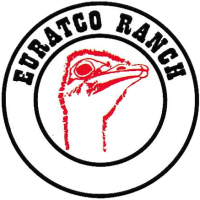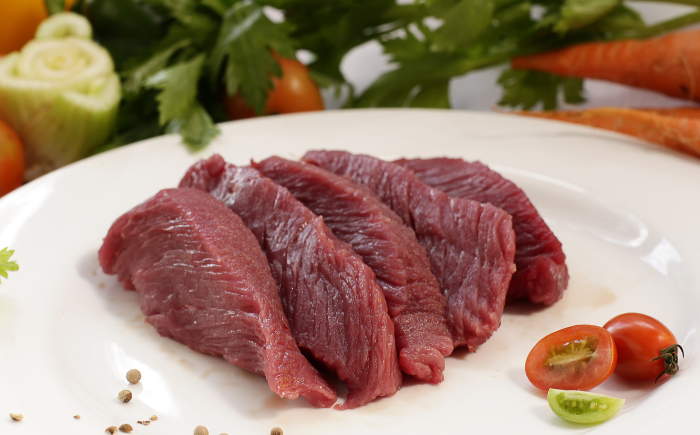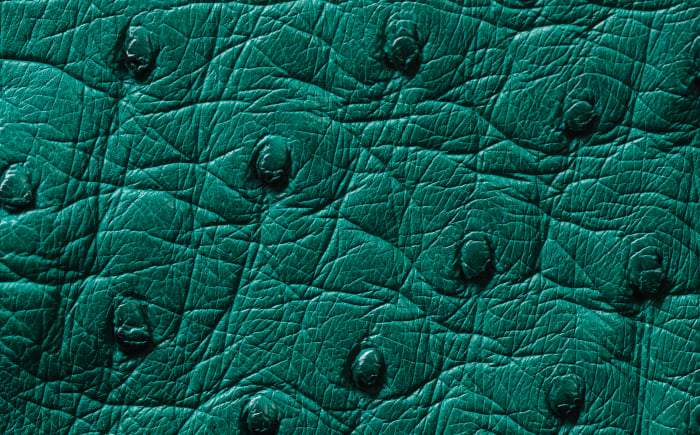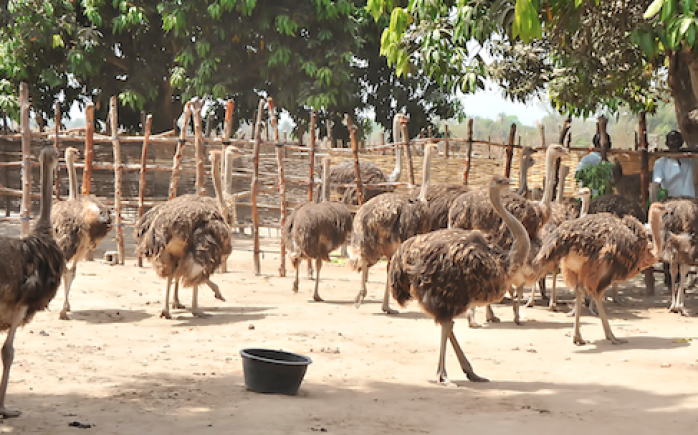Ostrich meat - Premium choice
- A tender, lean and healthy piece of ostrich steak has all the taste, colour and texture of beef steak - but with significantly less fat and cholesterol. High in protein and low in calories, ostrich makes the perfect red meat alternative in an increasingly health-conscious world.
Ostrich versus beef and chicken (per 100 grams of cooked lean meat)
| Fat | Calories | Protein | Iron |
Ostrich (eye of round) | 2,74 g | 126,74 | 25,52 g | 2,87 mg |
Beef (eye of round) | 4,7 g | 166 | 28,99 g | 1,95 mg |
Chicken breast | 3,57 g | 165 | 31,02 g | 1,04 mg |
Source: USDA and Texas A&M University
- Euratco World and his business partners can offer EEC approved fresh and frozen ostrich meat in a wide variety of cuts including steak, fillet, goulash, hamburgers, sausages, trims.
- You don’t need to be a chef to prepare it: simply add it to all your favorite traditional recipes





